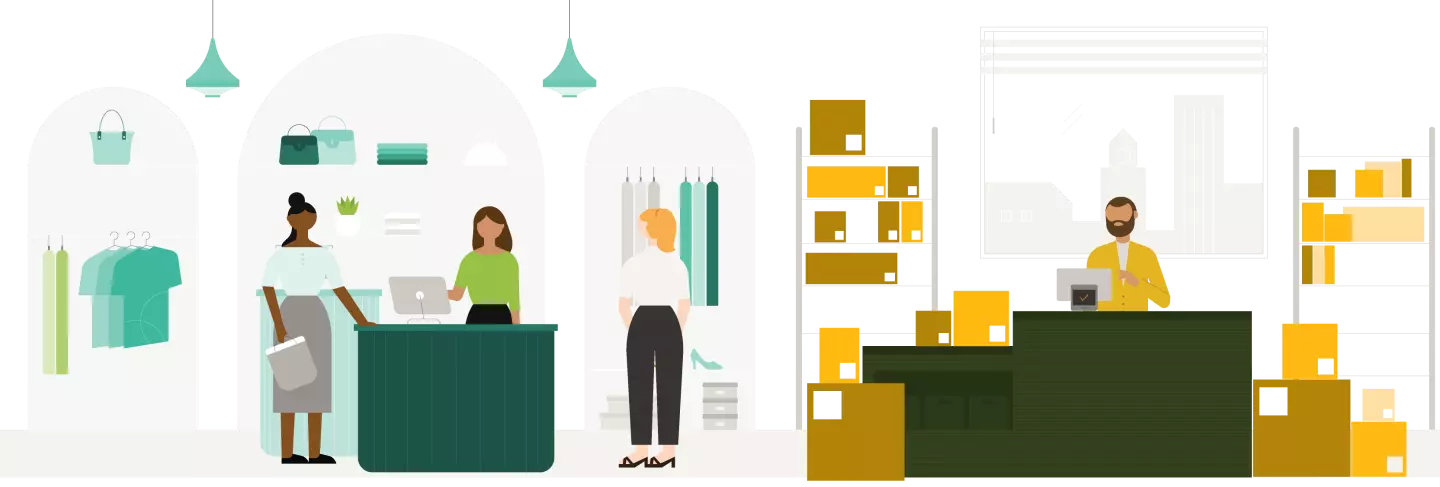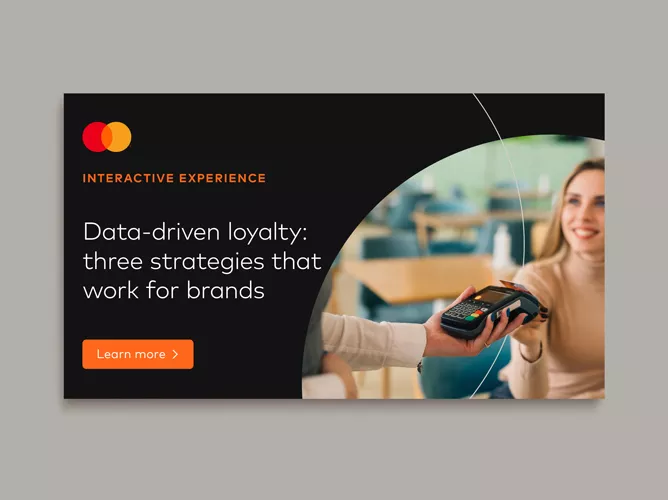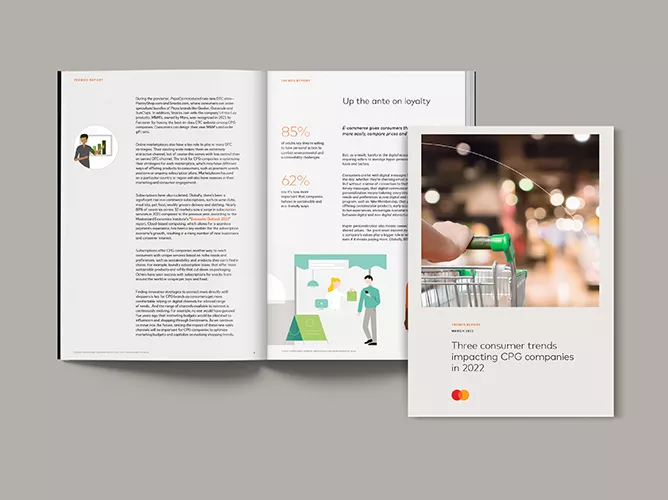July 12, 2022
By Emilie Kroner, senior vice president of Retail & Commerce
A version of this article was published in Total Retail on January 13, 2022.
The theory goes that shoppers come in two varieties: those who shop with a focus and those who browse at leisure. It’s a tidy split. But shoppers aren’t so tidy in practice. They switch between purpose and leisure as easily as they glide between online and offline.
Many retailers accommodate various types of shoppers by operating as fulfillment centers with distribution hubs for e-commerce marketplaces. The approach offers consumers a wide variety of merchandising to meet their needs and includes the convenience of pickup to satisfy their lifestyles. Other retailers cater to leisurely shoppers by establishing experiential stores that straddle interactive showrooms and immersive commerce websites.
The two approaches seem intuitive. But they’re too tidy for the 84% of consumers who agree that they expect to be able to buy what they want, when they want and how they want, according to the 2021 Mastercard New Payments Index.
So, with fulfillment centers satisfying one set of needs and experiential stores satisfying another, retailers find themselves with two faces in a Janus-like situation. First-mover success hinges on figuring out which way to turn.
Lost in machine translation
The disorientation felt by retailers comes from a lack of data on shopper behavior to help understand the location formats that can best meet consumer segment needs. The lack of data might seem surprising in an age when machine intelligence can potentially know better than shoppers themselves what product might suit them best. But any such notion of personalization betrays a common misunderstanding that the term is synonymous with relevance.
What was personal at one time might not be personal at another time. And it’s a perception of relevance—rather than simple personalization—that incentivizes shoppers to share information by logging in to self-identify on devices in store or at home. Only then can retailers gain data-driven insights into all consumer touchpoints along the customer journey and take omnichannel beyond a sales-channel mentality.
The technological challenges of keeping shoppers logged in across devices are in many ways secondary to the challenges of incentivizing shoppers to log in. But fulfillment centers and experiential stores risk moving in different directions to create those incentives.

Back to front or front to back?
A fulfillment center might shrink its salesfloor and grow its backroom to accommodate a partial evolution into a distribution hub for last-mile delivery. Meanwhile an experiential store might turn its salesfloor into an expanded interactive showroom while shrinking its backroom to support a reduced focus on immediate sales.
But such contrasting incentives around shopper self-identification are eclipsed by a fundamental commonality. Neither fulfillment centers nor experiential stores rely on well-stocked shopping aisles as a means of product discovery. Factor in the blurring of the online–offline distinction, and the connection is closer still: 79% of consumers agree that they prefer to shop at stores that have both an in-person and online presence, according to the Mastercard index.
There’s also no inherent reason why an e-commerce marketplace should be able to better support a quick curbside pickup than an immersive commerce site that creates a virtual version of a brick-and-mortar environment. Nor is an immersive commerce site necessarily better suited than an e-commerce marketplace to providing a curated selection of products to an interactive showroom.
The combination of channels comes down to consumer preference; a retailer’s job is to deftly accommodate. For example, the preselection of inventory online for an in-store visit could reflect a more efficient way to shop or form part of an extended custom fitting. Similarly, an unattended store that syncs with mobile devices to automate payments could allow for quick and easy purchases while also unlocking an in-depth experience.
Choose your own (retail) adventure
The popular adventure gamebooks of the 1980s allowed readers to control the story by choosing from a selection of narrative options. Translate that into a retail playbook, and fulfillment centers and experiential stores can feature together in a variety of guises and locations. Relative emphasis depends on product types and catchment areas as informed by controlled testing using individual retailer data and broader sector data.
The two faces of the mythological Janus represent the transition from the past to the future. As retail transitions to more fulfilling experiences, perhaps the comparison will remain apt—just not for any reasons of divided attention.












